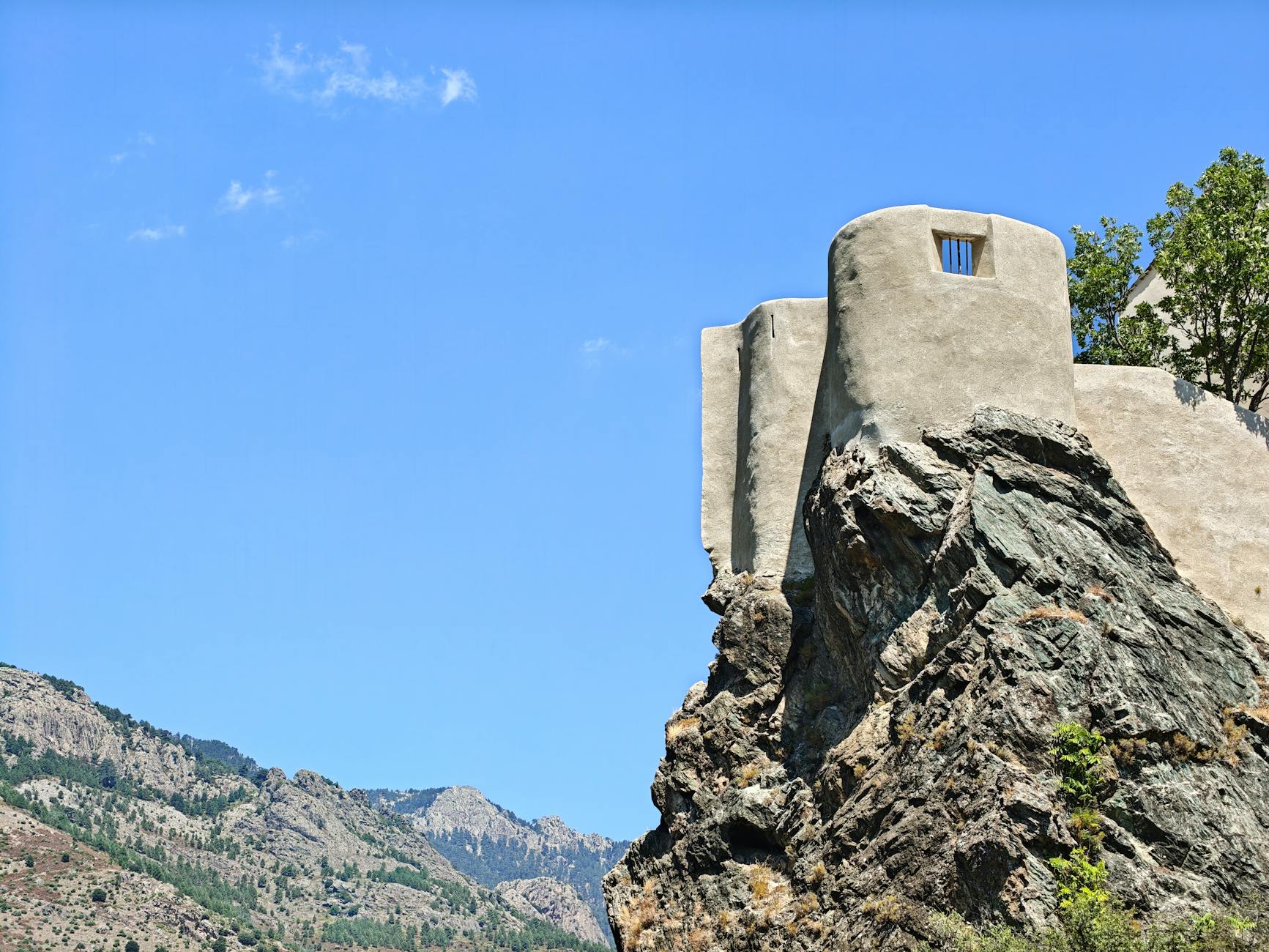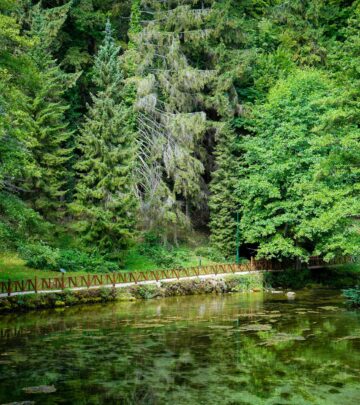Nature’s Resilience: The Defense and Rebirth of Fort Tilden
Concrete relics give way to thriving dunes and marshes on a forgotten shoreline.

On the outskirts of Queens, between the Atlantic and Jamaica Bay, Fort Tilden stands as a testament to the dynamic interplay of military ingenuity, natural adaptability, and urban renewal. Once bristling with guns and searchlights to defend New York Harbor, it now embodies a rare wilderness—where dunes, meadows, and thickets reclaim once-fortified ground. As New Yorkers rediscover these coastal wilds, Fort Tilden offers a lesson in both the fragility and strength of urban nature.
From Battleground to Sanctuary: A Brief History
The Rockaway Peninsula, long before its present form, evolved under shifting tides and the ambitions of successive peoples. Native Americans lived here for millennia; the Dutch purchased it in 1639, and by the 19th century, early fortifications—such as a blockhouse constructed during the War of 1812—began marking the land’s strategic significance.
- 1917: Fort Tilden officially opens, named after former New York Governor, Samuel J. Tilden.
- World War I: Establishes as Camp Rockaway Beach; artillery batteries defend New York Harbor.
- Postwar to Cold War: Modifications prepare for new eras—railway mortars, anti-aircraft batteries, and eventually, Nike missile silos.
- 1974: The Army decommissions Fort Tilden; Gateway National Recreation Area is established, opening new chapters in public access and conservation.
Remnants of bunkers, radar towers, and artillery still dot the landscape—rusted, overgrown, and sometimes hazardous—serving as silent reminders of the site’s martial past.
The Geography of Defense: Nature Shapes the Fort
Fort Tilden’s placement was not accidental. The western tip of Rockaway—a sandy finger stretching into the Atlantic—serves as both shield and magnet for storm, tide, and wind. Over a century, the peninsula’s shape has shifted westward under the relentless motion of water and sand.
| Year | Key Changes at Fort Tilden |
|---|---|
| 1866–1917 | Development of early defense structures; growing settlement in Rockaways. |
| 1917–1945 | World Wars spark fortification—artillery batteries, airfields, concrete bunkers. |
| 1945–1974 | Cold War brings missile silos; military use tapers toward deactivation. |
| 1974–Today | Integration into Gateway National Recreation Area; nature begins to reclaim built environments. |
Today’s visitors encounter a landscape in flux—dunes sliding shoreward, tidal marshes flexing with each storm, and new meadows sprouting where patrol roads once led.
Wilderness at the Water’s Edge
Fort Tilden is now famed for its strikingly wild character within the city limits. The shift from military outpost to urban wilderness has created habitats unlike anywhere else in New York.
- Dune systems: Protecting the peninsula and offering refuge for rare plants.
- Meadows and thickets: Once kept bare for lines of fire, thickets now shelter songbirds and native pollinators.
- Coastal forest fragments: Dogwood, bayberry, and black cherry have repopulated abandoned batteries.
- Beach and tidal flats: Serve as critical nesting sites for endangered shorebirds.
These communities buffer the city from storms while providing an accessible retreat for birdwatchers, artists, and anyone seeking solitude from asphalt and noise.
Flora: Survivors and Returnees
- Beachgrass (Ammophila breviligulata): Anchors dunes, halting erosion.
- Broom sedge and seaside goldenrod: Form dense meadows ablaze in late summer.
- Northern bayberry and shadbush: Regrown thickets now attracting migratory birds.
Fauna: Shorebirds and Rare Visitors
- Piping Plover: Endangered shorebird nesting each spring; strict protection zones enforced.
- Horseshoe crabs: Ancient survivors spawning on beaches bringing critical nutrients for migrating birds.
- Butterflies, dragonflies: Flourish amid native wildflowers colonizing abandoned artillery berms.
Landscapes of Ruin and Renewal
The juxtaposition of decaying military architecture against riotous new growth gives Fort Tilden a distinctive aesthetic. Locals cherish this “ruined wildness”—concrete bunkers hollowed by salt and wind, their interiors dark and moss-lined but outside often encased in bayberry and vines.
Key features include:
- Battery Harris: Largest gun emplacement, now topped by a windswept observation platform for panoramic views of the Atlantic and Jamaica Bay.
- Nike Missile site: Fencing and warning signs remain; structures are off limits but visible amid regrowth.
- Abandoned roads and barracks: Rapidly eroded by sand and colonized by lichen, wildflowers, and brambles.
Restoration After the Storm
Superstorm Sandy in 2012 carved new inlets in the peninsula and battered Fort Tilden’s fragile dunes, flattening much of its vegetation and uncovering buried infrastructure. Yet the recovery has demonstrated the remarkable vigor of native plants and the importance of resilient landscapes in buffering human communities.
- Beachgrass planting: Volunteers and rangers replanted resilient native grasses to stabilize eroding dunes.
- Protective fencing: Cordoned off restoration areas allowed new growth to mature, providing critical habitat for wildlife and natural surge barriers for the mainland.
- Community stewardship: Annual cleanup days and citizen science programs have engaged locals and city-dwellers in hands-on preservation.
Public Access and Quiet Discovery
Unlike neighboring beaches, Fort Tilden attracts those seeking solitude and self-guided exploration. There are no boardwalks, lifeguards, or concessions—just a network of winding paths that lead past concrete relics, through dense bayberry thickets, and onto broad stretches of wild, unguarded sand.
- Hiking trails: Varied circuits offer glimpses of historic military ruins, migratory bird stopovers, and flowering meadows.
- Observation decks: Prime locations for birdwatching and sweeping ocean views.
- Art installations: Some bunkers are occasionally transformed by temporary art projects, blending urban creativity with the site’s rugged beauty.
The Penalty and Privilege of Seclusion
This rugged character is both a privilege and a challenge. The lack of commercial development and deliberate non-interventionist management means surviving on visitors’ respect for the land. There are hazards: thick patches of poison ivy, tidal pools, and remnants of barbed wire—reminders that nature’s defense can be as formidable as any gun emplacement.
| Visitor Guidelines | Reasons |
|---|---|
| Stay on marked trails | Protect fragile habitats and avoid hazardous ruins |
| Respect nesting zones | Support endangered shorebird recovery |
| Leave no trace | Maintain the site’s wild integrity |
Nurturing the Next Generation of Defenders
Today, Fort Tilden is more than a relic. It is an evolving experiment in landscape transformation, one that invites visitors not only to observe nature but also to defend and sustain it. Youth programs, historic tours, and stewardship initiatives ensure that new generations recognize both the sacrifices of the past and the responsibilities of the present.
- Guided walks: Interpretive rangers and volunteer historians narrate the intertwining of military and environmental legacies.
- Beach cleanups and citizen science: Engage residents in monitoring wildlife and fortifying dunes against future storms.
- Local partnerships: Community groups, nonprofits, and artists all play crucial roles in maintaining the unique spirit and ecology of Fort Tilden.
Frequently Asked Questions (FAQs)
Q: Is Fort Tilden open to the public year-round?
A: Yes, Fort Tilden is accessible year-round, but certain areas may be seasonally closed for restoration or shorebird nesting.
Q: Are the historic military structures safe to enter?
A: Many structures are hazardous and closed; visitors are advised to observe posted warnings and avoid entering old bunkers or missile sites.
Q: What wildlife can be seen at Fort Tilden?
A: Visitors may see piping plovers, oystercatchers, monarch butterflies, foxes, and a diversity of migratory shorebirds throughout the year.
Q: Can I swim at Fort Tilden Beach?
A: Swimming is allowed but unsupervised. There are no lifeguards, so caution is essential. The beach is prized for its natural state and lack of crowds.
Q: How can I get involved in preservation activities?
A: The National Park Service and local stewardship groups regularly post opportunities for volunteering in restoration work, citizen science, and educational programs.
Contact and Access Information
Location: 169 State Road, Breezy Point, NY, United States, 11697.
Managed by the National Park Service as part of the Gateway National Recreation Area.
Further Reading
- A Detailed History of Fort Tilden – National Park Service
- Cultural Landscape Report for Fort Tilden – NPS History
- Rockaway Through the Years – The Rockaway Times
References
Read full bio of medha deb

















Community Experiences
Join the conversation and become a part of our empowering community! Share your stories, experiences, and insights to connect with other beauty, lifestyle, and health enthusiasts.